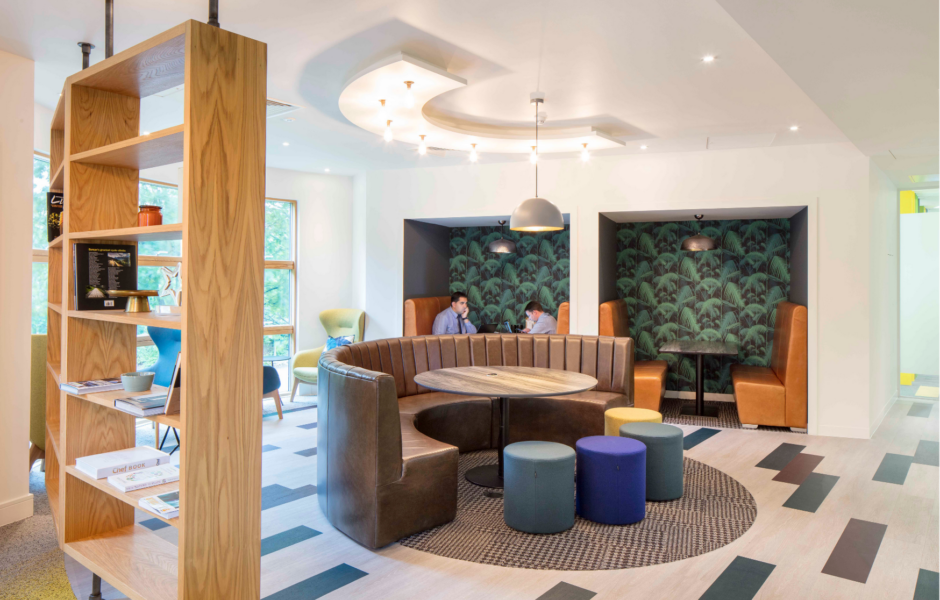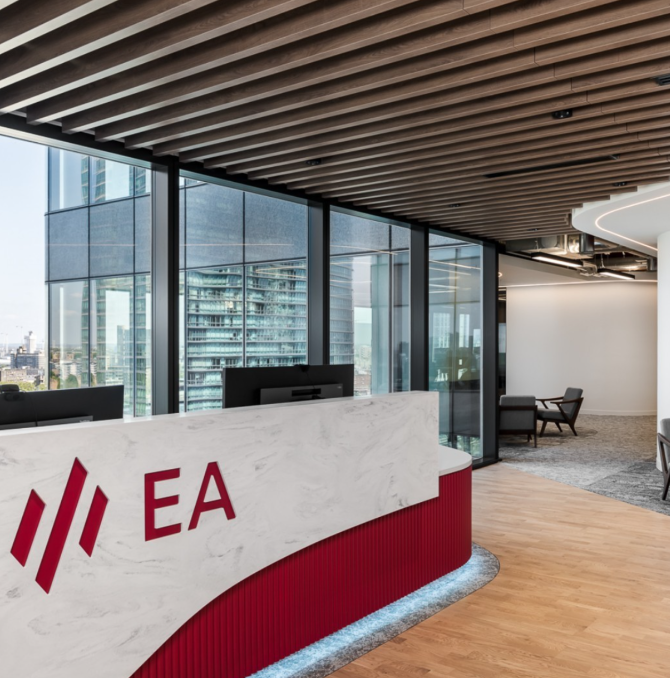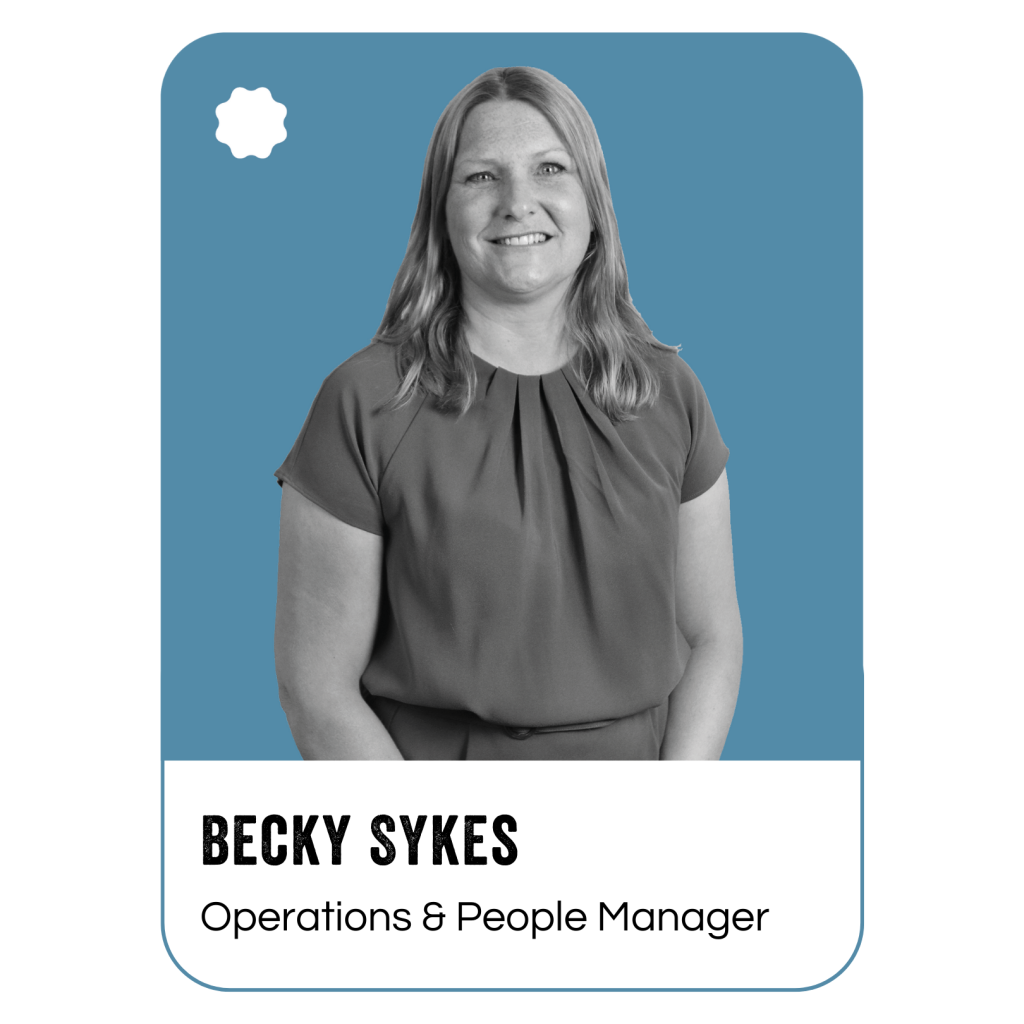
Space Utilisation in the Workplace
As many of us across the UK begin to head back to our workplaces after the easing of restrictions (finally!), it’s more important than ever for businesses to ensure that they are offering their employees a space that can cater for all. Whether you need more areas for collaboration or lots of private meeting rooms, one thing that should be at the forefront of every business leaders’ mind is space utilisation.
What is space utilisation?
Space utilisation looks at how your office space is used. How often do the agile working booths get used? Are employees constantly booking a specific meeting room as it’s the only one with good acoustics? Is there an area of the workspace that never gets used?
Once you find out how the space is being used, any necessary adjustments can be made to improve the workplace which will help keep employees motivated and can also save money.
How do you measure space utilisation?
To measure how efficient a workspace is, a space utilisation study will need to be conducted. A space utilisation study will provide data on which space is being used, how it is being used, and what areas are not being used.
The results from the study can then help decide if any changes need to be made to the office space as it will highlight areas which are not in use and can perhaps be removed, as well as areas which are in constant demand which may need expanding.
What are the benefits of conducting a space utilisation study?

It is important for workplaces to become a ‘social hub’ to improve the employee experience and build the office to become a space that employees are happy to travel to. By looking at the workspace utilisation, it will highlight areas that need to be updated to fully support the business and the people using it.
There are countless other benefits to measuring space utilisation; increasing employee productivity, improving company culture, and cost savings are just a few examples that we have explored below.
1. Increased productivity
Nearly 50% of businesses who participated in the Office for National Statistics survey say they will continue to offer home working post-pandemic due to increased productivity. Whilst home working reduces business overheads costs and video calls can take over some team meetings, there is no replacement for the physical workplace. We are social creatures who need regular face-to-face interactions with our colleagues to form a bond that is necessary when creating a happy, positive workplace that employees are happy to be a part of.
In order to make a workplace just as productive, if not more so, as home working then a space utilisation study would need to take place in order to decide whether or not it is being used as effectively as it could be.
As an alternative to a space utilisation study, a simple anonymous employee survey can also highlight areas the workspace that need to be adjusted to better support employee’s needs. By creating an environment where employees are happy and motivated to work, not only will you see an increase in productivity, but it will also help attract and retain workers.
We are in the process of providing additional agile working booths to one of our existing clients, Places for People. They found that the existing agile working booths they had were very popular with employees and came to us to update their London, Bristol, and Preston workplaces by adding in more booths and private phone pods. Had they not evaluated the space and spoken to their employees, they would have kept a fixed desking area that was costing them money to keep but was scarcely used.
2. Improved company culture
 Ways of Working web magazine describe company culture as ‘the set of values, beliefs and behaviours within an organisation that describes how people relate to each other, to achieve results and to interact with the space where they work’. Therefore company culture should be at the core of every business and should be identifiable within the workspace.
Ways of Working web magazine describe company culture as ‘the set of values, beliefs and behaviours within an organisation that describes how people relate to each other, to achieve results and to interact with the space where they work’. Therefore company culture should be at the core of every business and should be identifiable within the workspace.
When looking to update the workspace, revisiting the company culture, and reviewing any old working policies that may not support employees is key. The space should support the culture through branded graphics, office layout, and work style options (collaboration areas, areas for individual working, meeting rooms for client meetings etc.).
By utilising the space correctly and offering more areas which will support employees in their day-to-day work and encourage team building, employees will feel a stronger connection to the company culture as well as to each other.
3. Cost savings
For most businesses, the 2nd highest cost is real estate. As space is an expensive resource, knowing how much space is actually being used compared to how much space you have is vital. For example, if you have 10,000sqft of office space but really only use 7,000sqft then you can move to a smaller building and therefore save money on rent and building maintenance.
Furthermore, if the space is being used effectively then cost (and energy) saving lighting can be introduced to areas that aren’t being used frequently. Motion detected lighting is a fabulous alternative to standard lighting as it only turns on and uses energy when someone is moving around in that area, therefore reducing the electricity bill and helping the planet too.
By providing a space that supports the needs of the business and of its employees, there is also potential cost saving for recruitment. Employees who are treated well and have an ideal working environment are less likely to leave a business therefore cutting recruitment costs.
Agile working and space utilisation

The shift towards agile working has been growing for years but the pandemic has drastically increased demand. Lots of businesses are now looking to update their workplace to become more agile instead of each employee having a fixed desk as the rise of the hybrid workplace means offices won’t be as full as they were pre-Covid.
We are currently working with a client who are updating their 3,600sqft Maidenhead workplace to become a more agile working environment complete with hot desking areas, an agile and business lounge, and several collaboration areas.
Furniture products also have a big part to play in how a space is used. Many furniture manufacturers are currently working on new products, or redeveloping some existing products, to help increase space utilisation. Have a read of our top 5 products you need in your office when you re-open blog for some of our favourite products that are available at the moment.









